i%20am%20very%20tired
Showing results for I am very tired. Search instead for i%20am%20very%20tired.
estoy muy cansado
Dictionary
Examples
Pronunciation
Thesaurus
Phrases
I am very tired(
ay
ahm
veh
-
ri
tay
-
uhrd
)
A phrase is a group of words commonly used together (e.g once upon a time).
phrase
1. (general)
a. estoy muy cansado
Can we go hiking tomorrow? - No, I am very tired.¿Podemos hacer senderismo mañana? - No, estoy muy cansado.
Copyright © Curiosity Media Inc.
Examples
Phrases
cansado | |
very good | muy bueno |
thank you very much | muchas gracias |
I love you very much | te quiero mucho |
I am tired | estoy cansado |
very beautiful | muy hermoso |
very well | muy bien |
I am very tired | estoy muy cansado |
you are very beautiful | eres muy hermoso son muy hermosos |
very nice | muy simpático |
very much | muchísimo |
very pretty | muy bonito muy lindo |
it was very fun | fue muy divertido |
very hot | muy caluroso |
very little | muy poco |
I am very excited | estoy muy emocionado |
Are you tired? | ¿Estás cansado? |
very funny | muy gracioso |
very bad | muy malo |
Machine Translators
Translate i%20am%20very%20tired using machine translators
See Machine Translations
Want to Learn Spanish?
Spanish learning for everyone.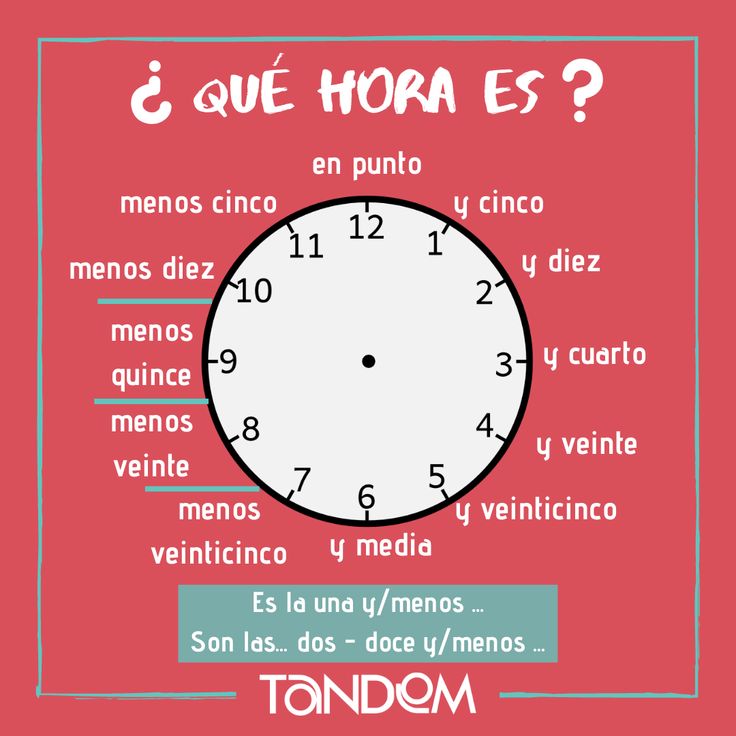 For free.
For free.
Translation
The world’s largest Spanish dictionary
Conjugation
Conjugations for every Spanish verb
Vocabulary
Learn vocabulary faster
Grammar
Learn every rule and exception
Pronunciation
Native-speaker video pronunciations
Word of the Day
la servilleta
napkin
SpanishDict Premium
Have you tried it yet? Here's what's included:
Cheat sheets
No ads
Learn offline on iOS
Fun phrasebooks
Learn Spanish faster
Support SpanishDict
i'm%20very%20tired
Showing results for I'm very tired. Search instead for i'm%20very%20tired.
estoy muy cansado
Dictionary
Examples
Pronunciation
Phrases
I'm very tired(
aym
veh
-
ri
tay
-
uhrd
)
A phrase is a group of words commonly used together (e.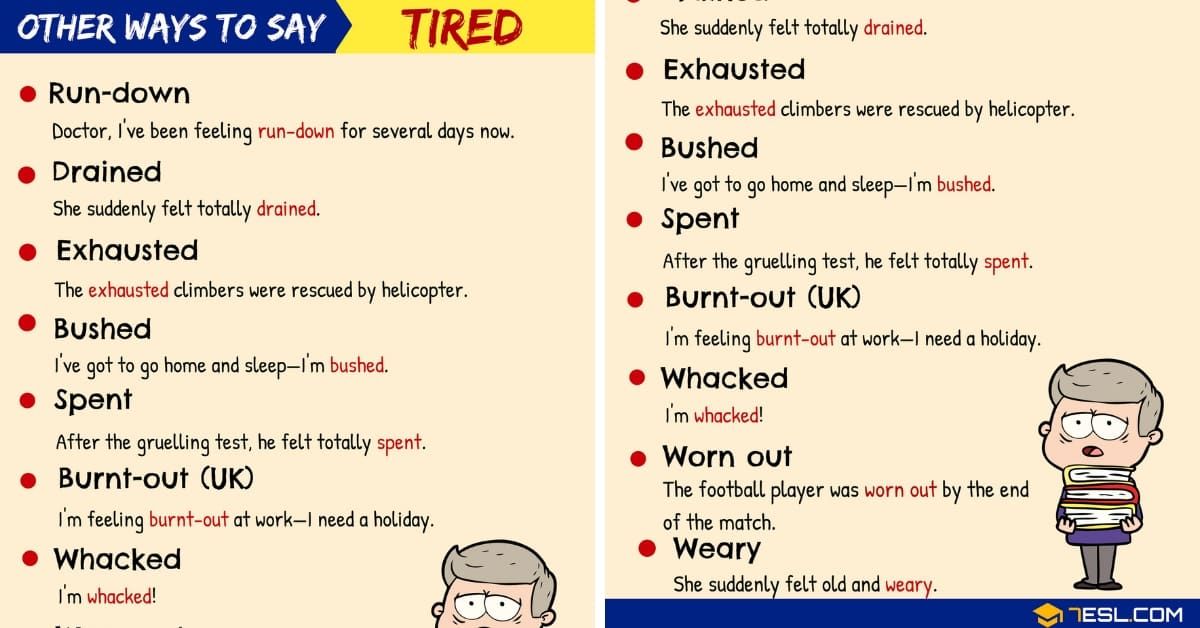 g once upon a time).
g once upon a time).
phrase
1. (general)
a. estoy muy cansado
It's been a long day and I'm very tired. I'm going to bed.Fue un día largo y estoy muy cansado. Me voy a la cama.
Copyright © Curiosity Media Inc.
Examples
Phrases
cansado | |
very good | muy bueno |
thank you very much | muchas gracias |
I love you very much | te quiero mucho |
I am tired | estoy cansado |
very beautiful | muy hermoso |
very well | muy bien |
I am very tired | estoy muy cansado |
you are very beautiful | eres muy hermoso son muy hermosos |
very nice | muy simpático |
very much | muchísimo |
very pretty | muy bonito muy lindo |
it was very fun | fue muy divertido |
very hot | muy caluroso |
very little | muy poco |
I am very excited | estoy muy emocionado |
Are you tired? | ¿Estás cansado? |
very funny | muy gracioso |
very bad | muy malo |
Machine Translators
Translate i'm%20very%20tired using machine translators
See Machine Translations
Want to Learn Spanish?
Spanish learning for everyone.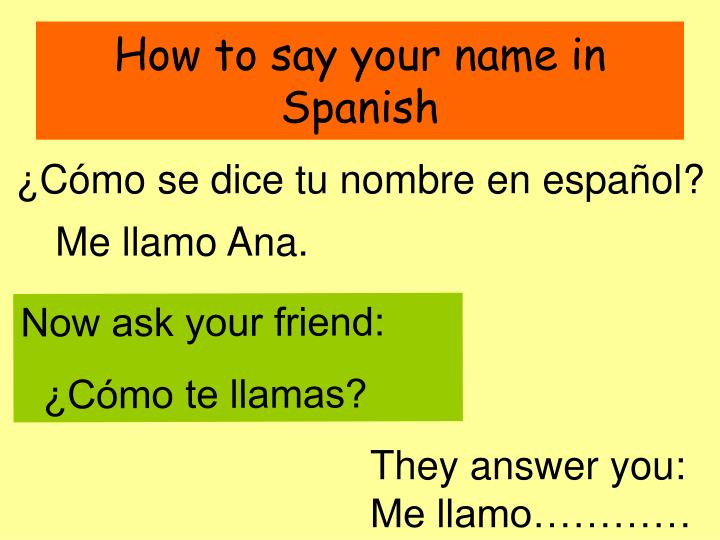 For free.
For free.
Translation
The world’s largest Spanish dictionary
Conjugation
Conjugations for every Spanish verb
Vocabulary
Learn vocabulary faster
Grammar
Learn every rule and exception
Pronunciation
Native-speaker video pronunciations
Word of the Day
la servilleta
napkin
SpanishDict Premium
Have you tried it yet? Here's what's included:
Cheat sheets
No ads
Learn offline on iOS
Fun phrasebooks
Learn Spanish faster
Support SpanishDict
Today we present an article on a very important topic of Spanish grammar.
Let's talk about verbs to have, to be and to be; on its irregular forms, its uses, similarities and differences.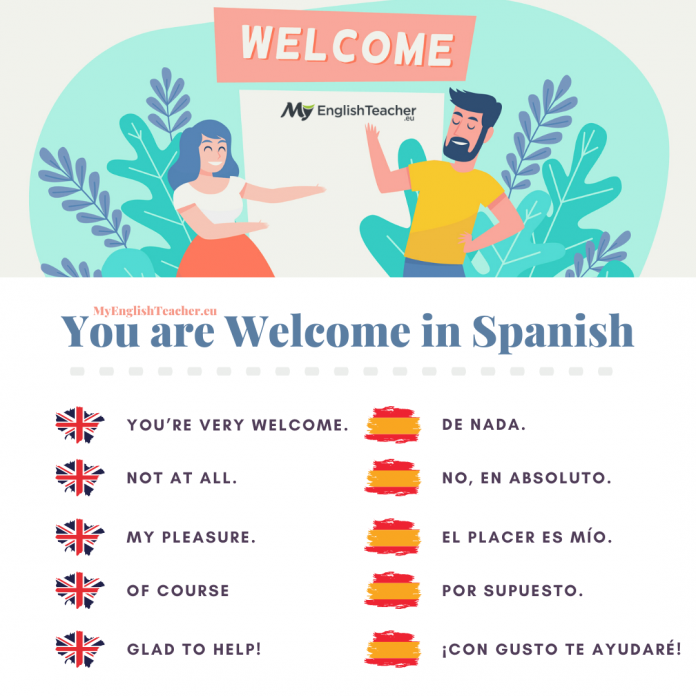
After reading this article, you will become an expert in these verbs.
Your Spanish will take a huge leap in quality. 👏😎
You might be wondering:
“What are the verbs to be, to be and to have? Why do they attach such importance to them?
Well, we Spaniards are like that, we will dedicate an article to every existing verb.
This is a joke. 😝
The truth is that verbs to be, to be and to have they are very useful and they are used a lot.
It is essential that you learn how to use them correctly if you want to have a good level of Spanish.
These verbs are irregular in many tenses.
don't you know him form ?
Let's start with the basics: the verbs ser and estar .
We put them into the present, although you probably already know them.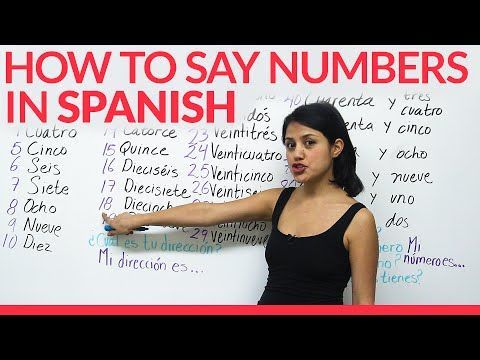 😉
😉
What about other times?
In the following infographic we present all verb forms of the verb to be en indicative and subjunctive :
and verb be ? ¿Estar is a regular or irregular verb?
Well, it depends on the weather. Sometimes it's regular and sometimes it's irregular.
Don't you know all the ways?
¡No pasha nada!
Here is an infographic of verb to be in all tenses so you can study it whenever you want. 😉
What about the verb to have ?
This verb is very peculiar because has two different conjugations .
This is something unique in the Spanish language.
How interesting! Don't you think?
Do not despair, I will now tell you two uses of this verb. 😊
The verb haber can be used as:
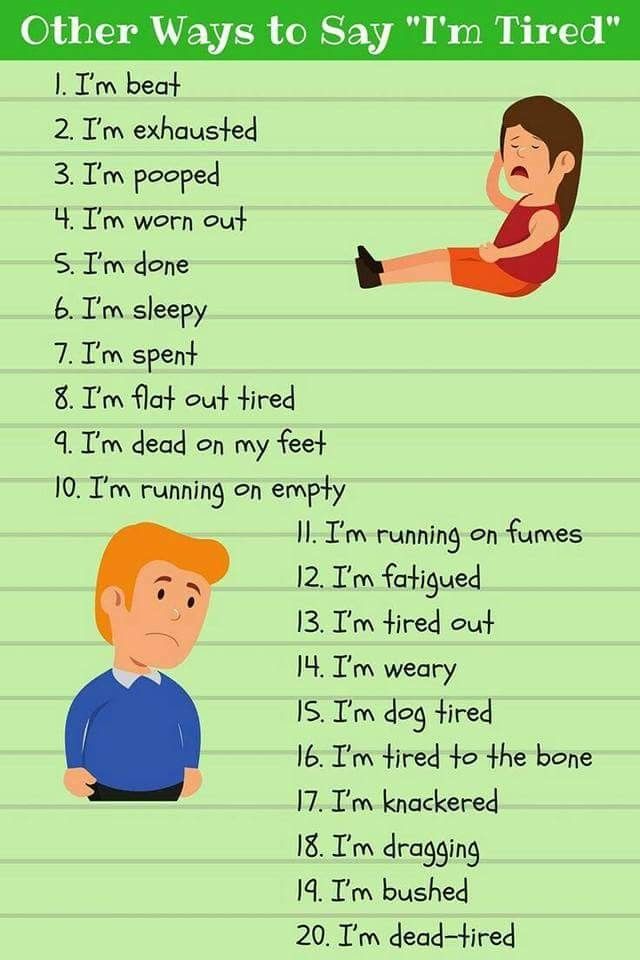
Next, we will consider them in detail.
The verb haber as an auxiliary is necessary for the formation of many tenses. As we have seen in article Preterito Perfecto , was used in the present tense of the verb haber + participle to form this tense.
Don't you remember?
It's ok, I'll update it for you:
This is the present form of of the verb haber .
In addition to the present verb conjugation, have as an assistant also in other indicative and subjunctive moods. Here they are:
INDIVIDUAL
In this case, we use only one way, because is impersonal .
In the present it will be the verb is.
example: There are grapes in the refrigerator.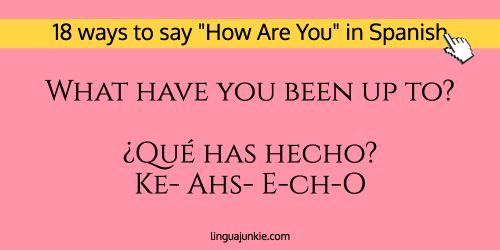
We don't say: Yo there are grapes in the refrigerator.
This "I" would be incorrect because does not have a subject in these sentences.
That is, there is no person performing the action.
The grapes are just in the fridge, no one is doing anything.
Do you understand?
other Ejemplos to better see:
All these examples are in the present. Now let's see verb forms have as the existence in Other times and methods :
EN Estimated We have the following:
Gift - HAY
Completed time - was
The past was uncertain -
The insecure past time – THERE WAS
Past Perfect Pluperfect – was
Simple Future - THERE WILL BE
Future Perfect – will be
Simple Conditional Sentence – Would be
Competent conditional proposal - it would be
EN Subjective inclination are:
Gift - HAYA
Performed time - was
The imperfect past time - 9000,
PLUPERFECT time - Would/would be
Those marked in in bold and capitalized are the most used.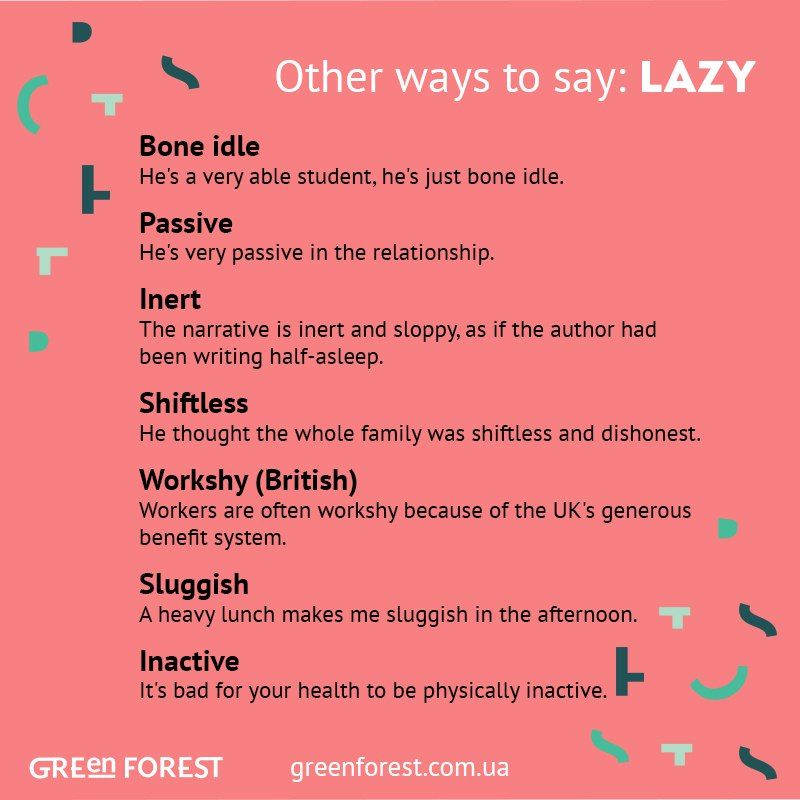
want something Ejemplos ?
Come on! Today I am generous. 😉
WAS
There were two accidents on my street this week. Fortunately, no one was hurt.
Was
There was a big storm last night.
THERE WAS
There were many teachers in my school.
CHAYA
I'm worried that there is so much clutter in my house.
Now let's talk about a very common mistake what people do to conjugate the verb to have to talk about existence .
There is to use the plural verb and this is very common with the verb haber in the past tense, especially in the past imperfect : had .
Let's look at some examples to make it clear:
Examples:

Which of the two is incorrect?
Come on, I'll give you a moment to think.
Do you know now?
wrong answer is second because the verb to have is plural.
Remember that in the use of existence the verb to have is impersonal ; has no subject and therefore does not have a plural of .
este vulgarism Very common in the form 'there was' .
Examples:
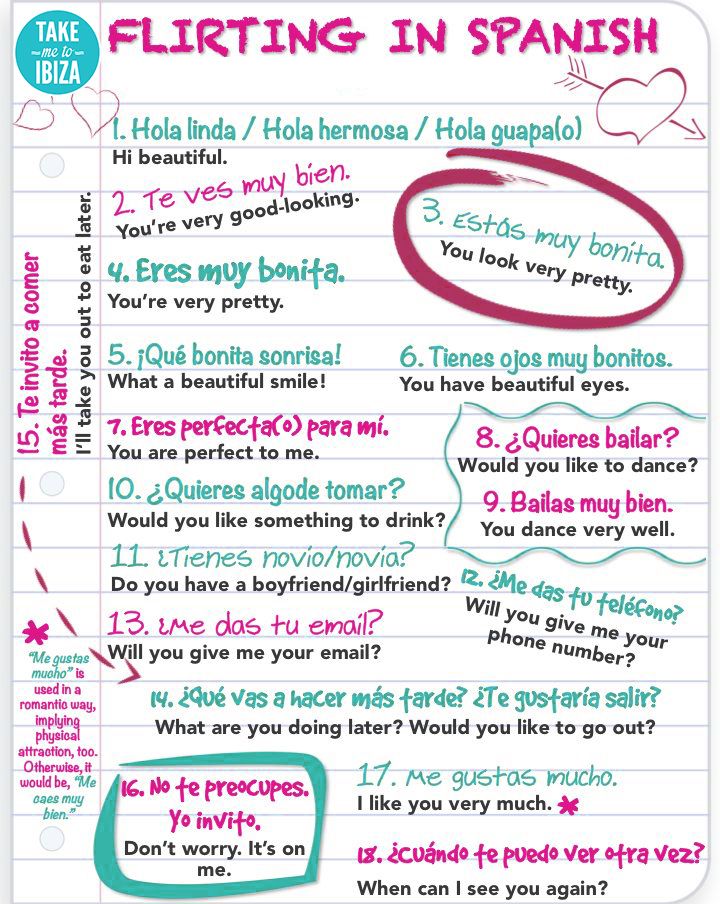 ❌
❌
Another very typical error with Verb have for existence This is it to put it next to certain articles: , there is, there is, there is, there is, there is, there , there is .
The following Ejemplos would be wrong:
Instead, you can use indefinite articles , Numbers , not defined o just noun to make the prayer good.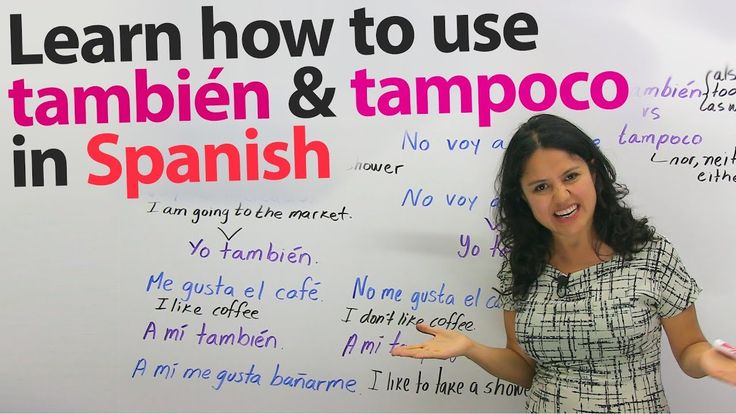
We will show you with Ejemplos words with the verb haber that you can use:
The indefinite article : times, times, times, times.
Indefinite : a lot, a lot, a little, enough, too much, a few...
Numbers : One, two, three, four, five…
noun only:
0015 Usage and verbal forms of the verb haber. Now touch the verb to be .
If you have already read the article about the verbs ser and estar, this will be familiar to you and will serve as an overview.
It's always good to revisit a theory, isn't it?
Si you didn't read article then great, because we explain some of the uses of the verb to be Most important.
We can express the location of people, places, things, animals... just about anything.
The most popular 'be + in' design.
example:
But we can also use other positions with adverbs of place: inside, outside, next to, in front, behind, above, under…
Examples:
We can talk about what we feel using the verb ' Beautiful':
Examples:
How are you?
b today I am happy and excited for my promotion at work.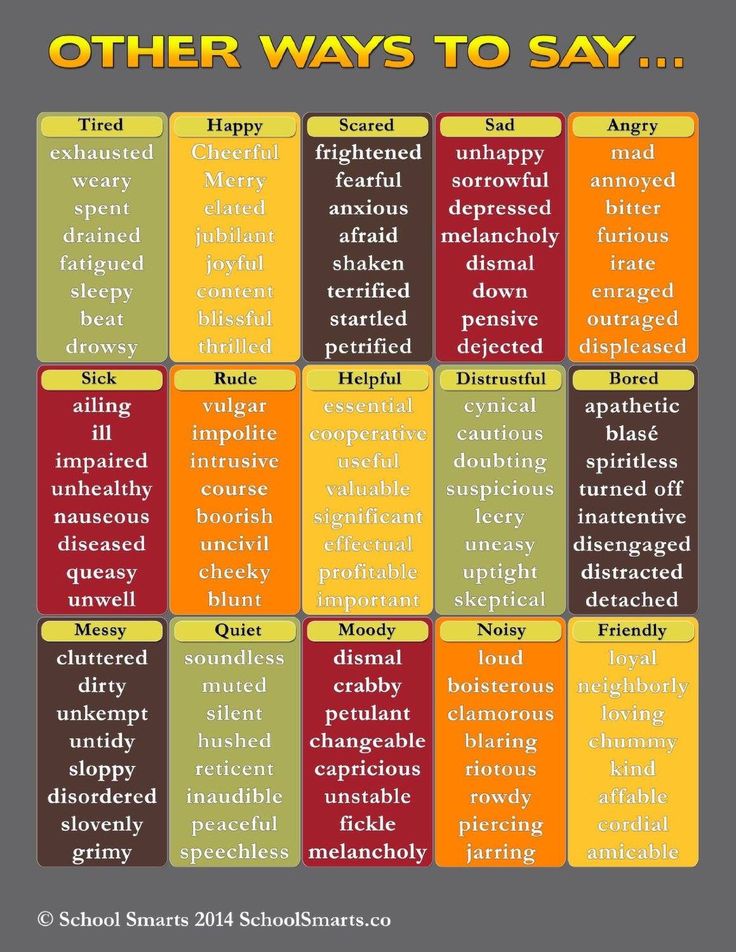
There are many adjectives that express states of mind: sad, happy, tired, bored, calm, nervous...
Did you know that we have an article dedicated to their emotions and mood ?
If you want to know more, click on the link. ????
Everything connected with emotions seems very interesting to me.
Does the same thing happen to you?
Which are they doing our students in the photo?
We can say that they toast .
Also this they laugh y take a drink.
what they rest in our cafeteria before the next class.
We can use to be + gerund to talk about actions in progress (actions are not finished, continue) or to describe the actions of the image how we did it.
Don't you know how to form gerund ?
It's very easy.
You simply change the ending of verbs ending in -AP for -ANDO , and verbs ending in -ER or -IR for -IENDO .
Examples of estar + gerund:
It is good to remember that both participle como el gerunds his impersonal ways verbs.
NO surrenderian with different people they are always the same.
We also have the use of be + participle. 😀
In this case we are talking about the results of action .
Usually, when we do an action, there is a result.
Examples:
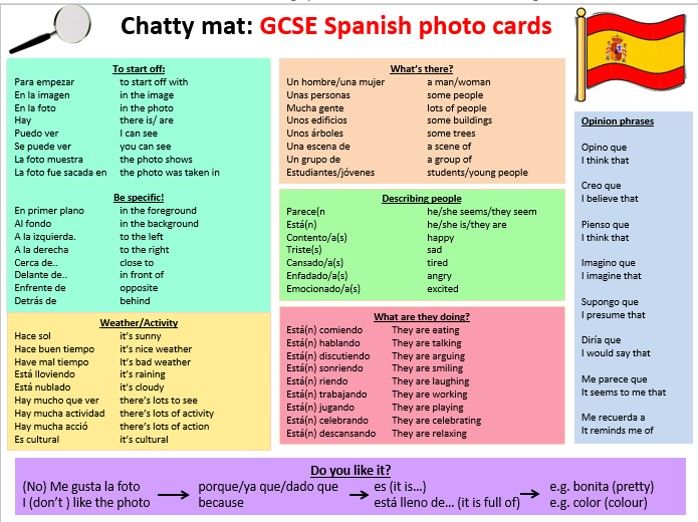 - Baby sleeping .
- Baby sleeping . Don't know how participles are formed?
On normal just switch -AR to -ADO y -ER/IR to - PASSED .
Using El evaluation is great to express our opinion .
This will make your Spanish look much more interesting. 😉
The word is used very often 'correct' o 'wrong'.
With infinitive for common phrases and impersonal:
Examples:
O, subjunctive when there is sujeto .
Examples:

A very simple use of the verb estar is temporary occupation con 'to be + from' .
We use this to talk about temporary jobs, not definitive ones. We know that we will not work there for a long time.
Examples:
The ones we are about to see are very simple, but they are often used.
So relax and take note. 😉
We use 'Be from' to mark the nationality or origin of the person.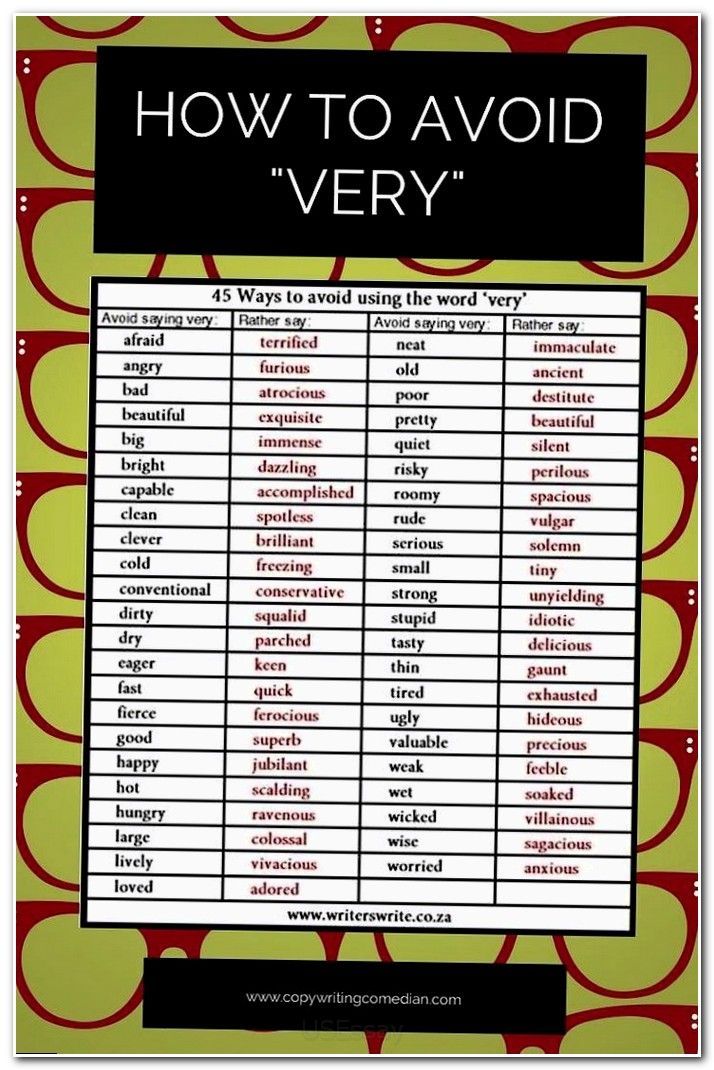
example:
Thing or animal can also have an origin:
Examples:
Talk about physique and character of people We use the verb to be.
Examples:
Shall we have a competition? character adjectives ?
There are so many!
Let me start:
Pleasant, unfriendly, intelligent, romantic, patient, calm …wait…it's so easy!
I encourage you to write me comments 3 character adjectives higher level.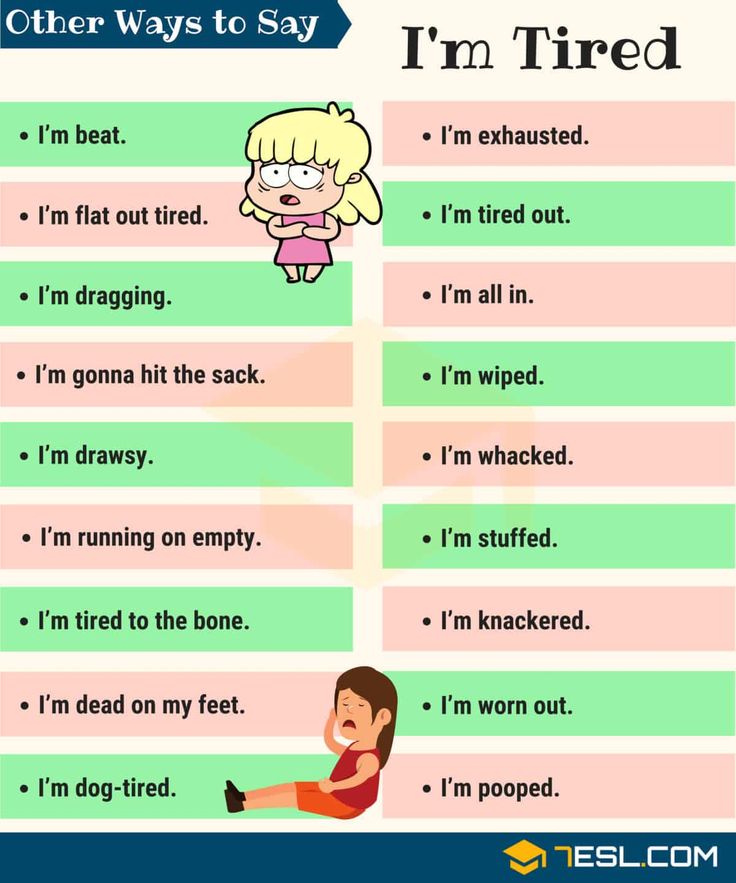
Surprise me 😉
Of course we can also describe to animals or objects .
Although the latter only has his physique.
To this day, objects have no personality.
or we thought so ... $
We have already seen this from Late " We can talk about temporary professions.
Instead we use Verb to be if we want to talk o stable, long-term job or even final
Examples:
If we want to ask the time , we use the verb to be in the third person singular (es).
To answer it, we will use the third person plural (son) because is plural.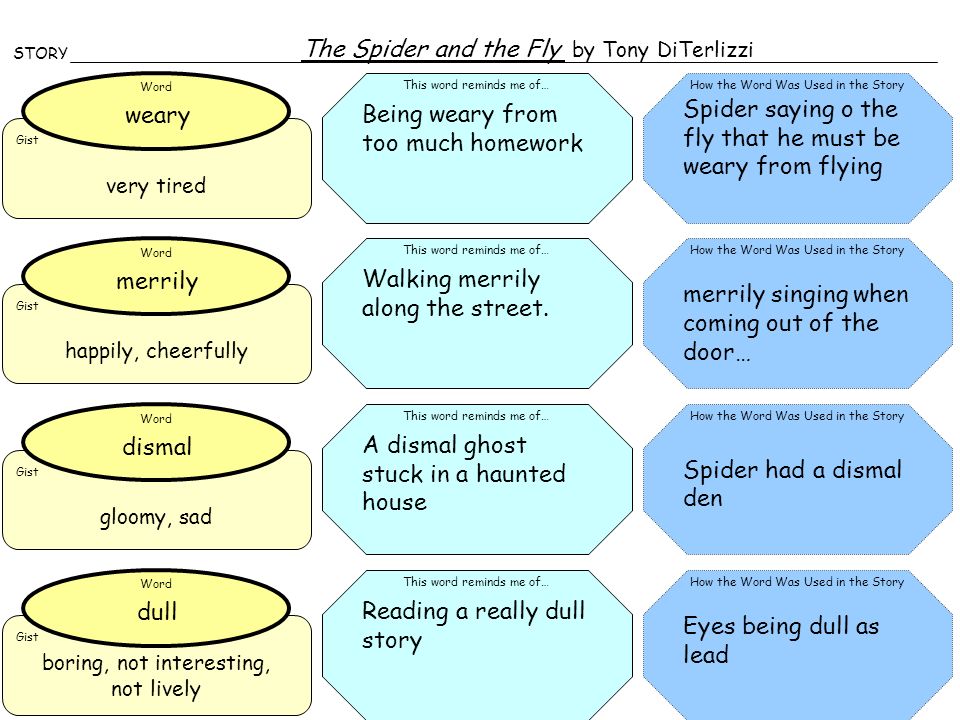 A deletion of one , which was answered by in the singular (es).
A deletion of one , which was answered by in the singular (es).
Examples:
What time?
B. It's half past five. (16.30)
What time?
B. It is now one in the morning. (01.00)
The descriptive element of objects is material: wood, plastic, iron, glass…
We can talk about it with 'To be from'.
Examples:
Do you remember with the verb to be Can we talk about the location of people, places, animals or things?
Well, with the verb to be, you can also place , But only events .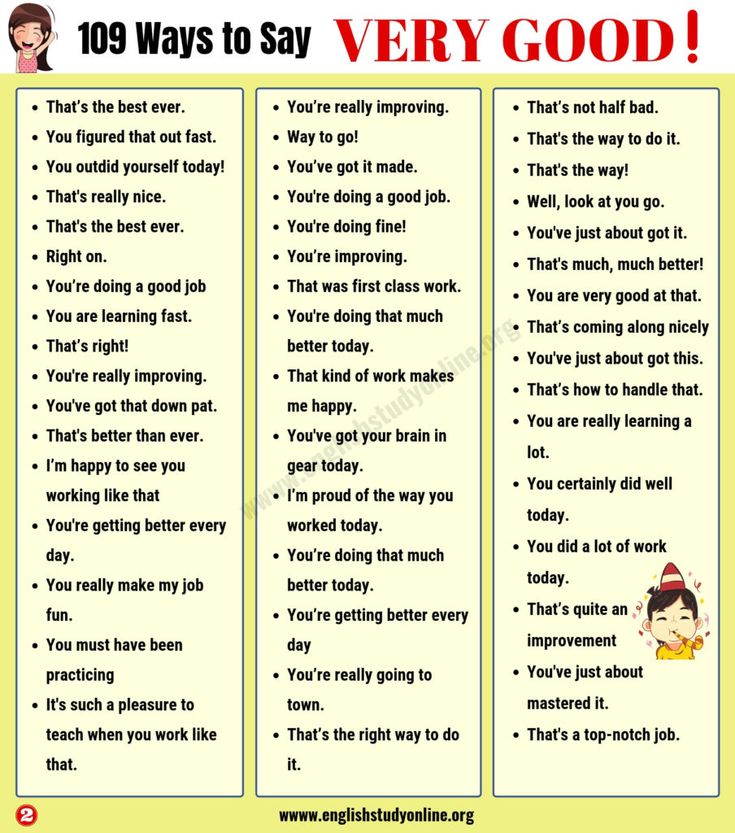
What is an event?
We can say that this is an "important" event that many people attend.
Next, we put some Ejemplos to make you understand better:
What a great item! I'm very happy.
I really think this will help you a lot.
the verbs have, be and be they are sooooo important.
Currently… ¿How about we do some drill with verbs have, be and be ?
Show me that you own them! 😁
Remember that at the end of each exercise you have solutions.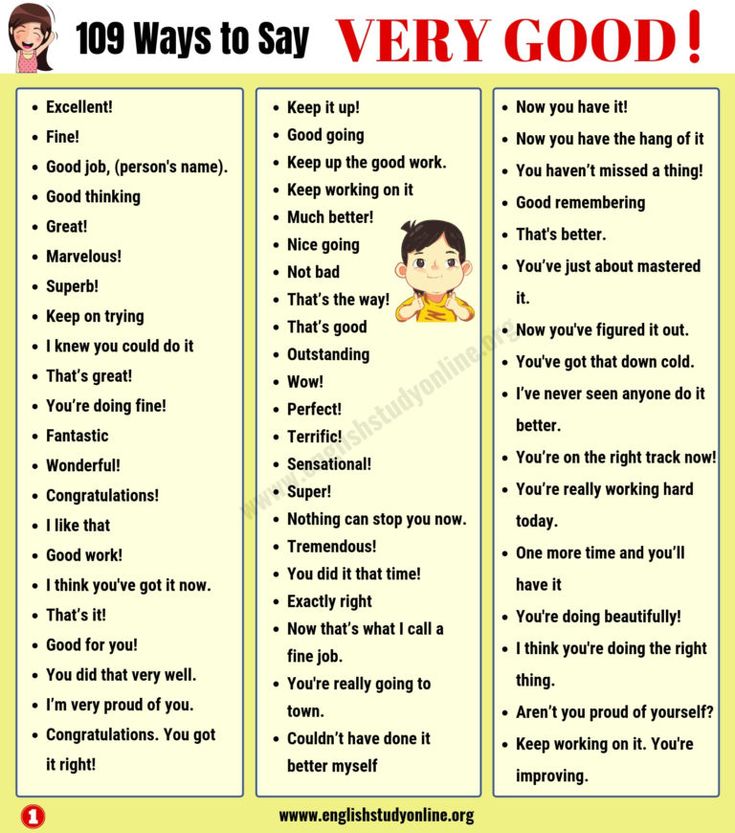
Let's go there!
Complete the sentences to be, be or have . They can be in the present or past perfect:
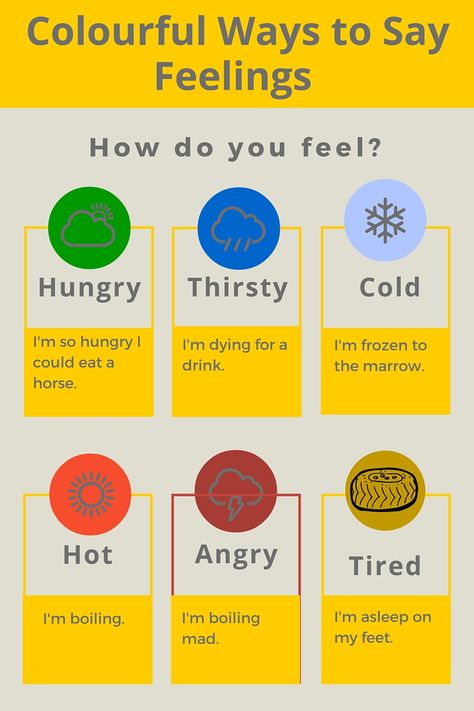
Complete sentences to be, be or have . They can be anywhere past indicative o an present subjunctive:
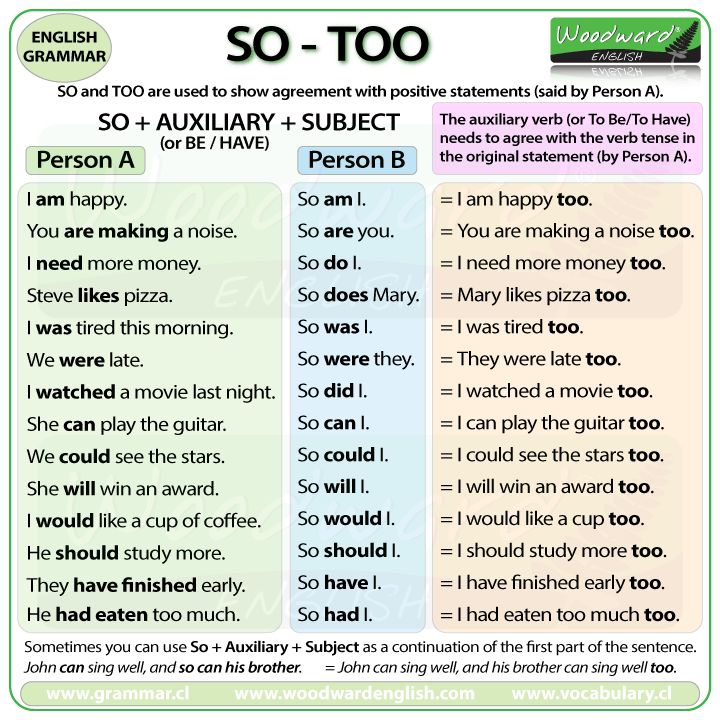
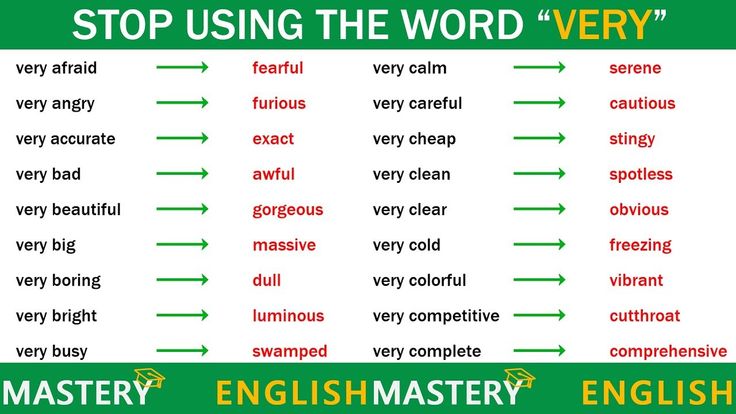
How was it?
Would you like to know more about verbs to have, to be and to be ?
En Hispania, escuela de español ; you could Spanish course face to face in which you will learn and practice these verbs with qualified teachers.
Can't move to Spain?
Don't worry, we also offer Spanish Courses Online so you can study at home.
See you soon!
Article written by Carlos Martinez for Hispania, escuela de español
by Josu Sánchez TU ESPAÑOL
How do you say how are you in Spanish? Good question! In Spanish, there are two main forms for asking how you are.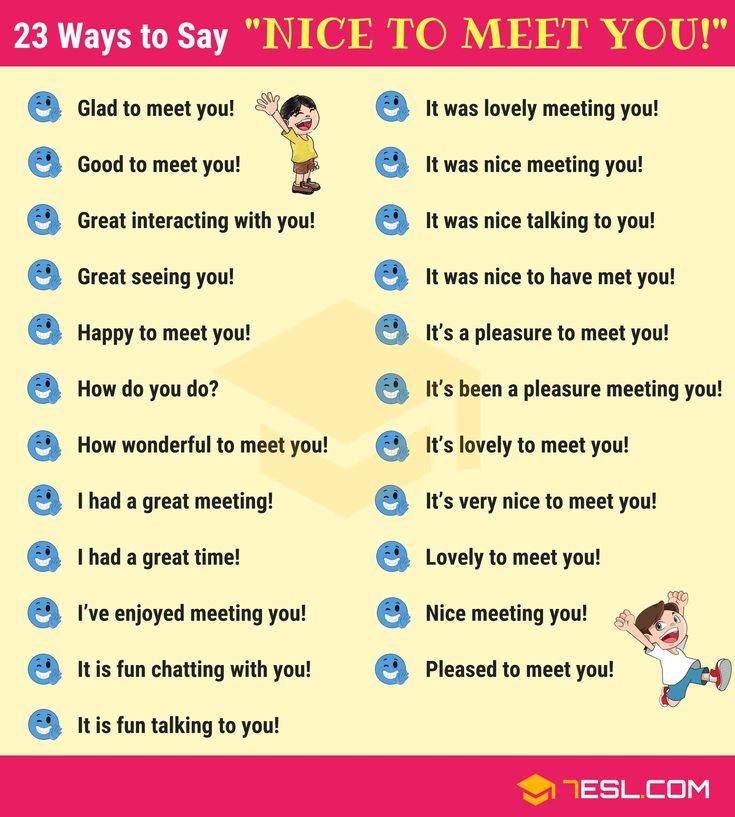 Both of these forms are very similar to each other. The only difference is that one of the phrases has a more formal tone than the other.
Both of these forms are very similar to each other. The only difference is that one of the phrases has a more formal tone than the other.
In this article, we will look at the difference between these expressions, as well as learn about other options for how to say “how are you” in Spanish.
How are you: ¿Como estas? ¿Quétal?
“Como estas” means “how are you”. This is the most neutral form for this question.
This phrase consists of the word “Como” (how) and the verb “estar” (to be) in the form of the pronoun “tú”. If we want to ask a question in a more formal tone, we simply replace the verb “estar” with the pronoun form “usted” (you)
“¿Cómo estás?” → You (tú)
“¿Cómo está?” → You (usted)
This phrase also means "How are you.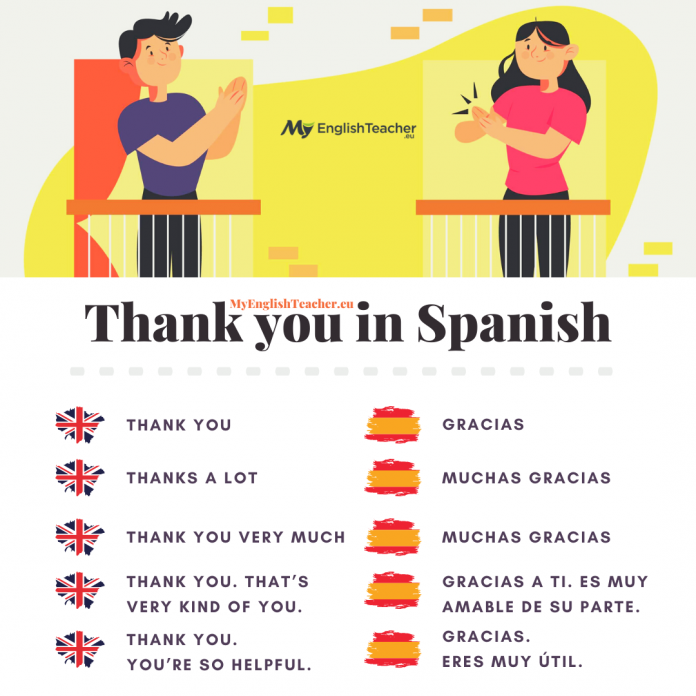 " Synonymous with "¿Cómo estás" except that the phrase has an informal, colloquial connotation.
" Synonymous with "¿Cómo estás" except that the phrase has an informal, colloquial connotation.
In practice, both of these forms are used very often in colloquial speech. But, for example, at an official meeting it would be more appropriate to say ¿Cómo estás?, while in a circle of friends, both forms of the question can be used.
Pronounced K e t a l
There are several other ways to ask how are you in Spanish, let's look at them:
Do you want to learn more and speak Spanish? Try my free video Spanish course from scratch here!
As in other languages, in Spanish there are several options for answering the question “how are you?” depending on your mood and well-being:
Don't forget.